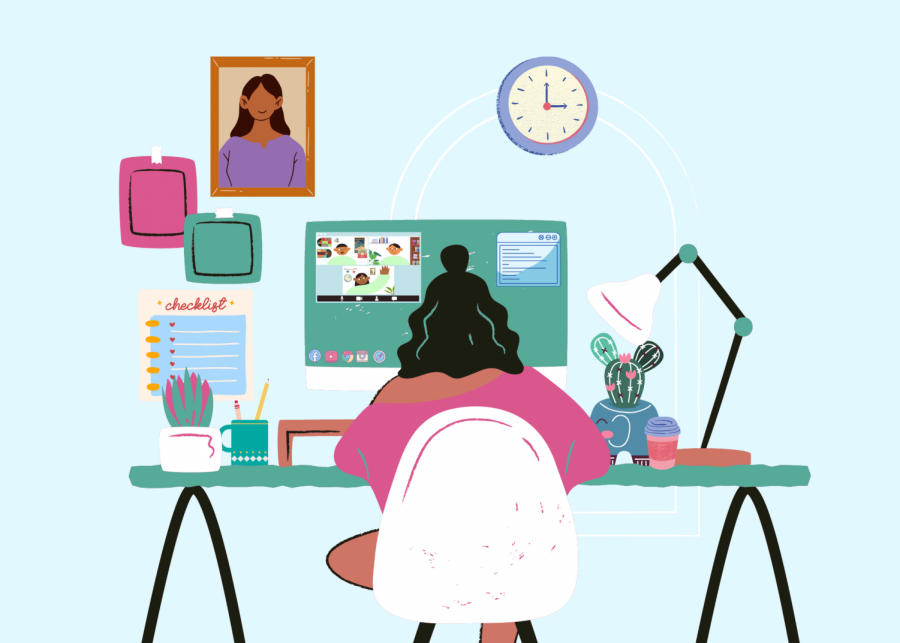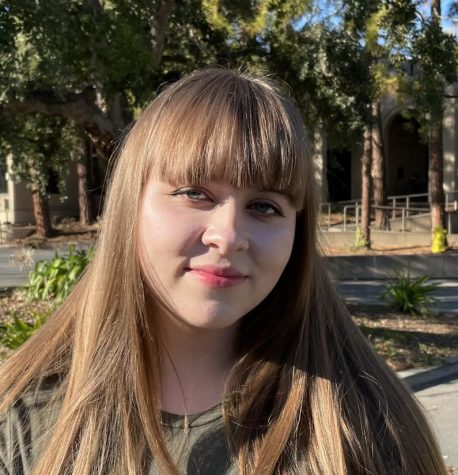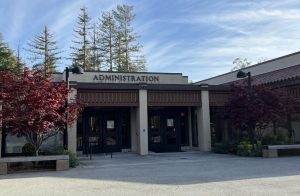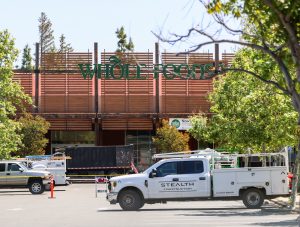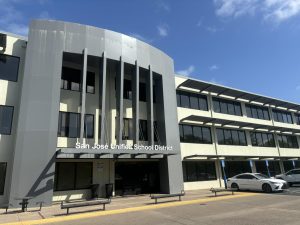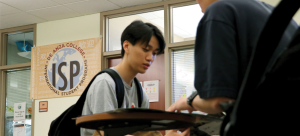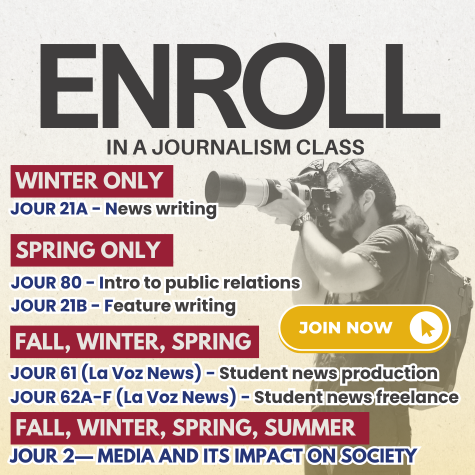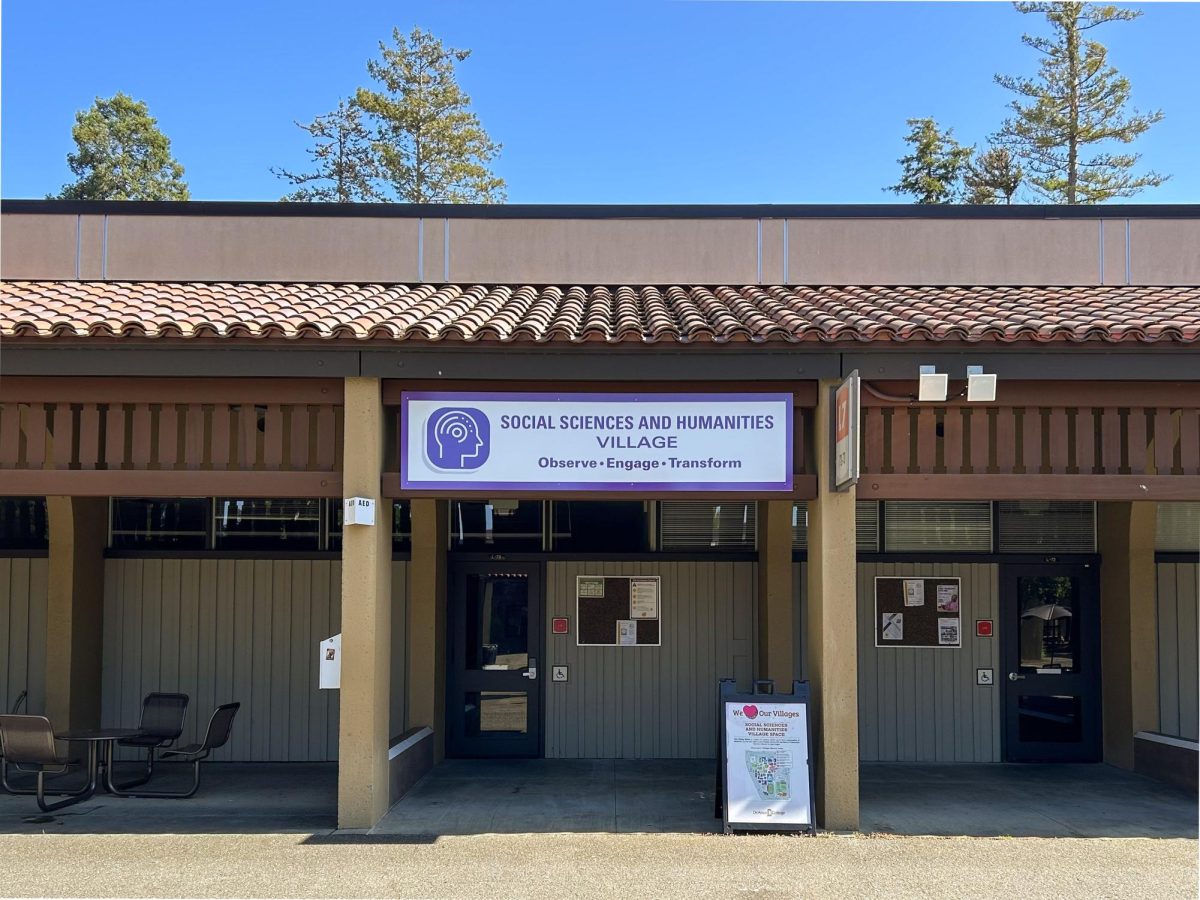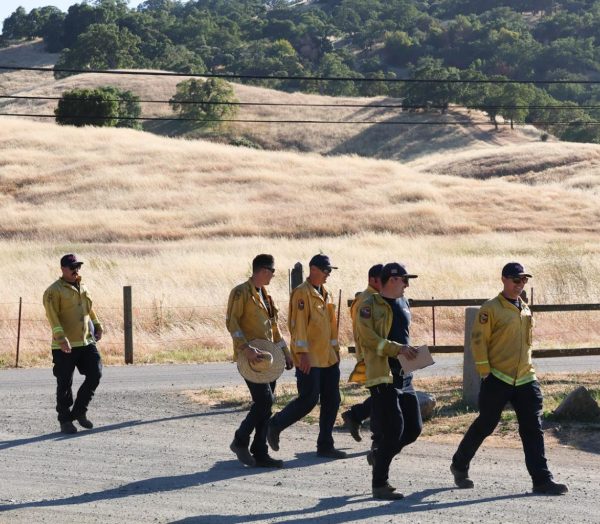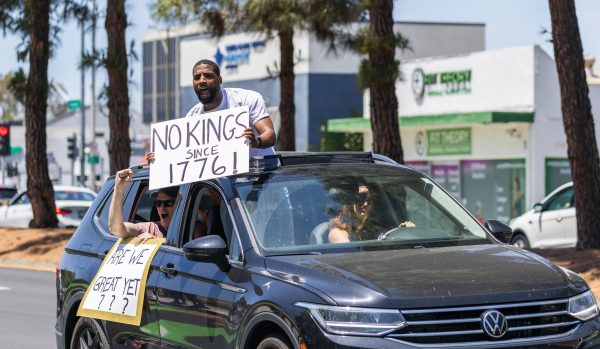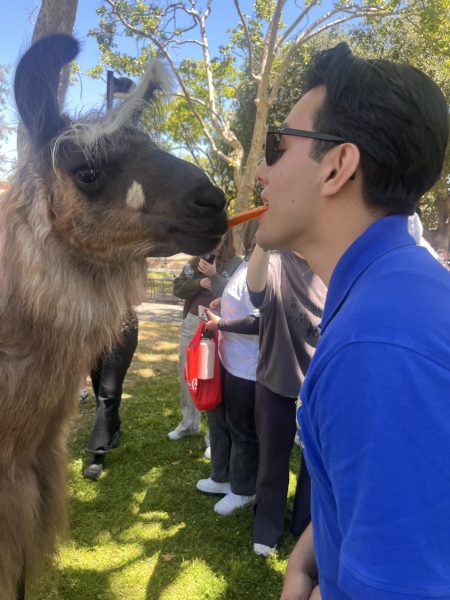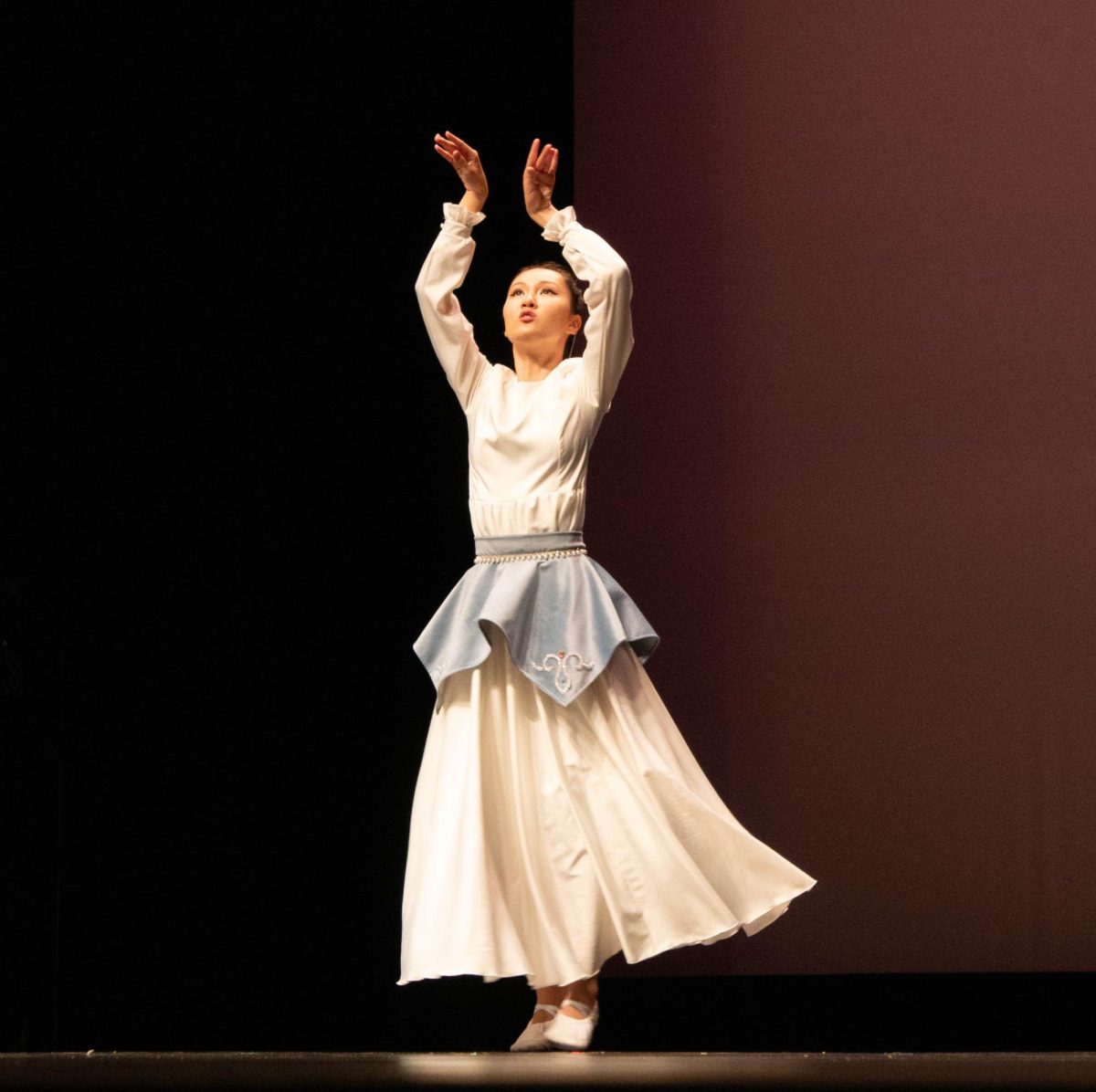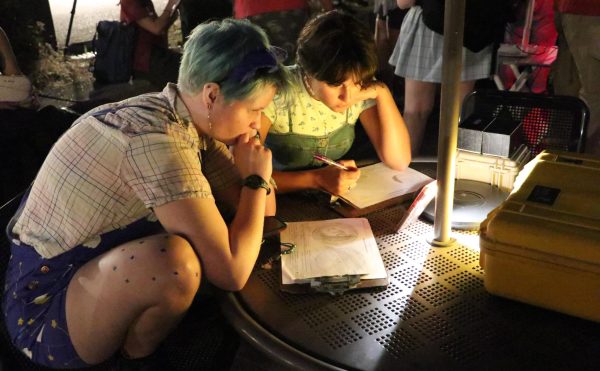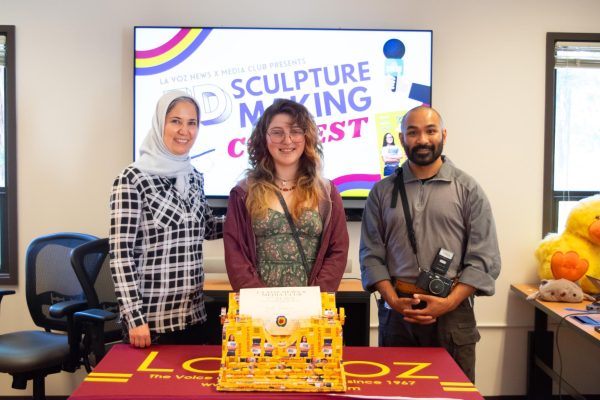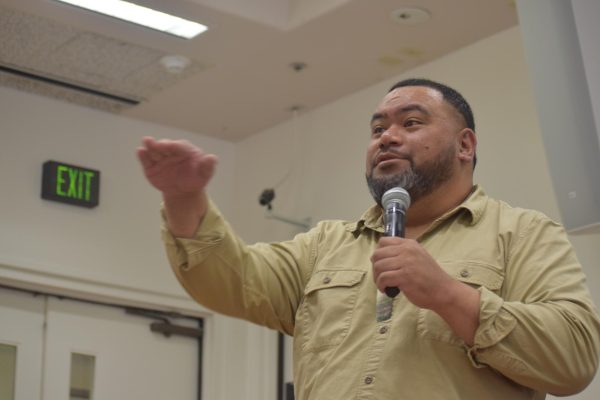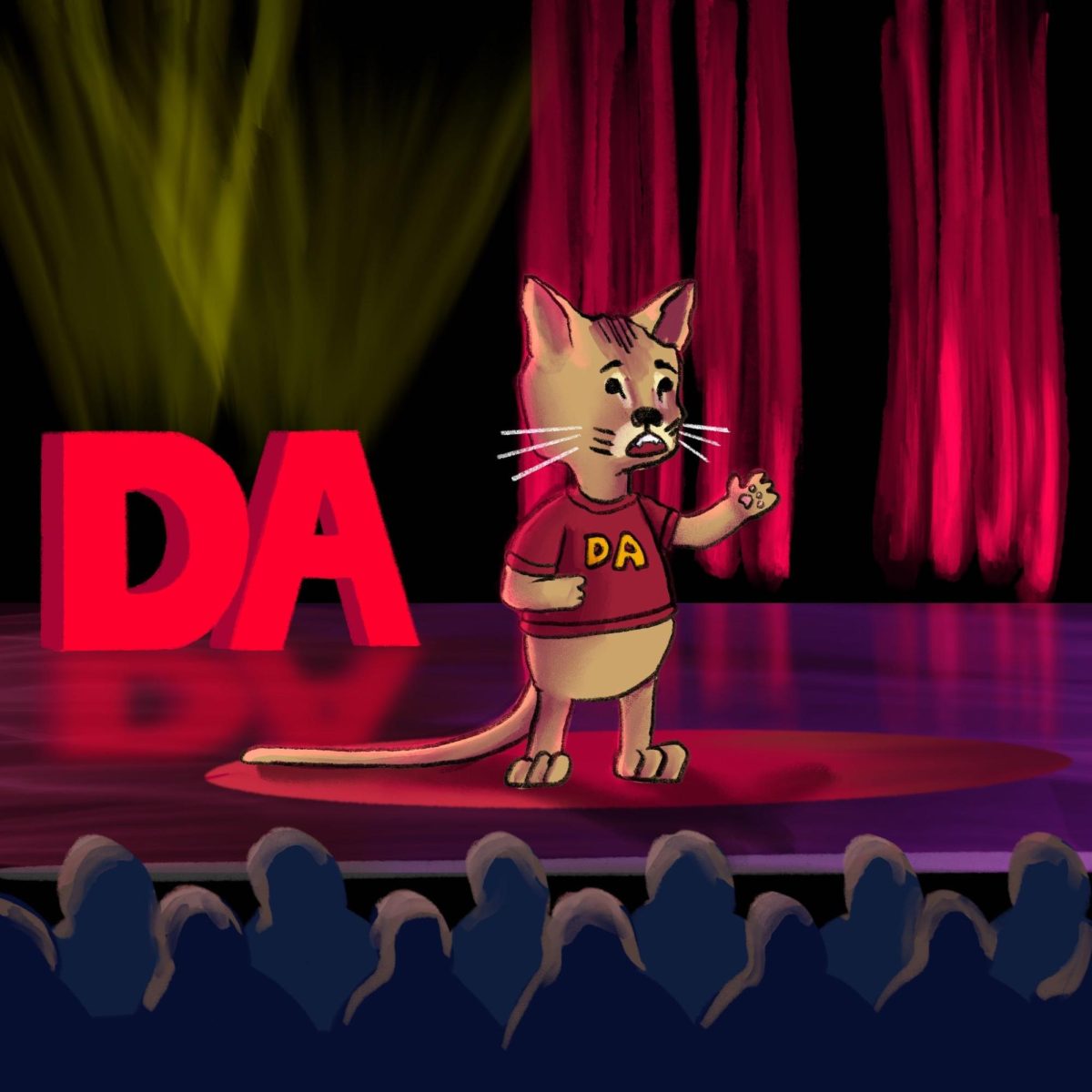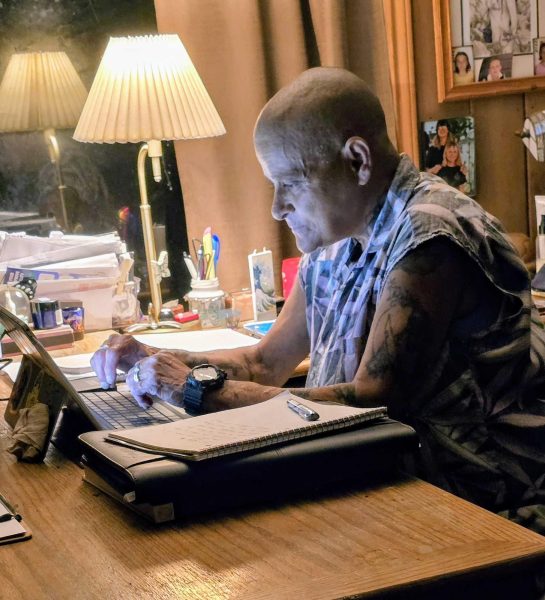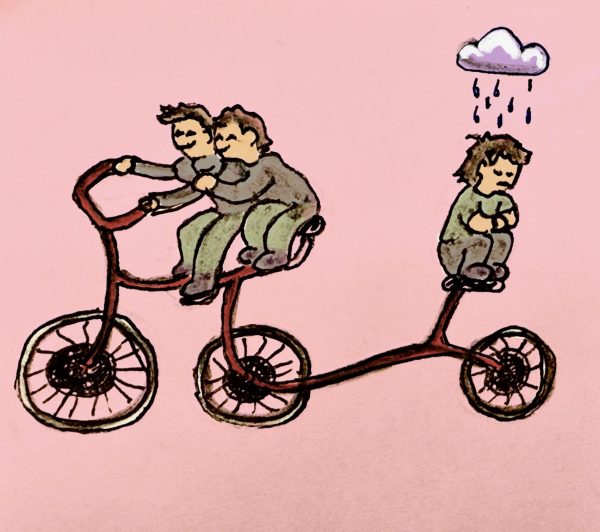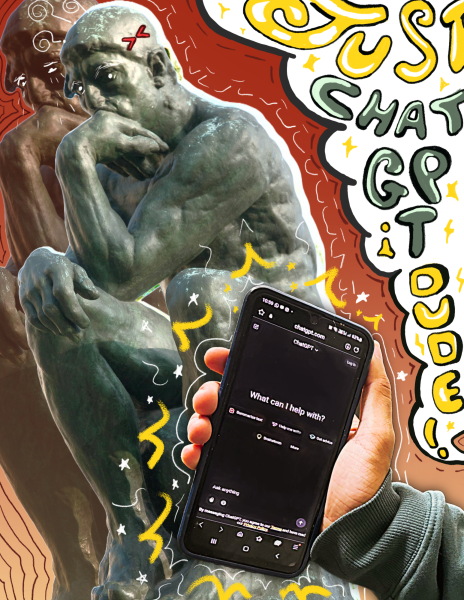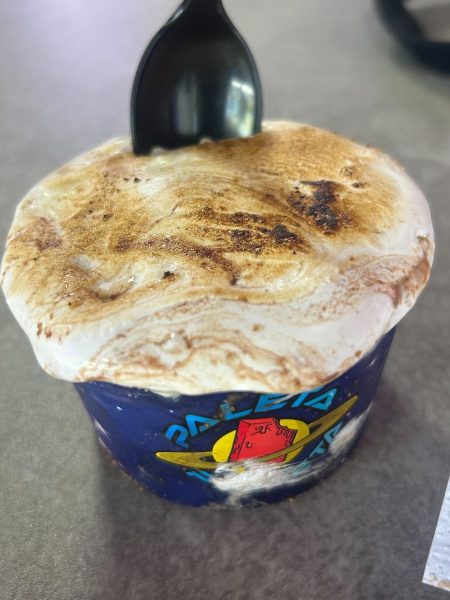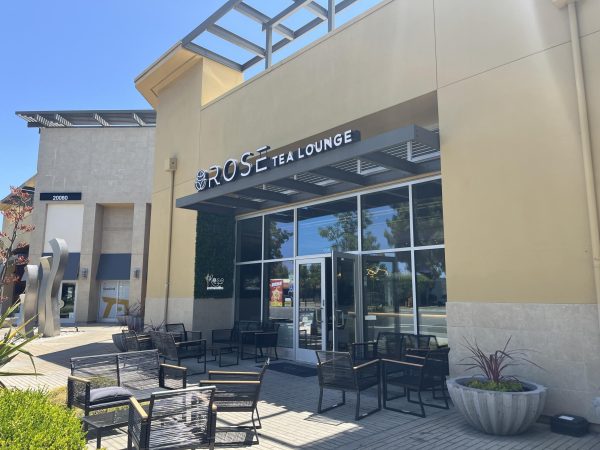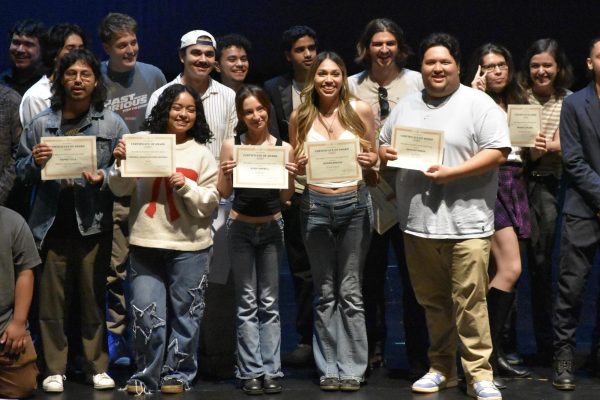From imaginary to real: How the De Anza community is trying to make the most of virtual college
November 14, 2021
From the movie “Lady Bird” or to the “Gilmore Girls” and the “To All the Boys” series, college is revered as the first true step towards independence for many young adults in the popular imagination. Some get to move out into a dorm, while others are completely in charge of their schedule for the first time.
Committing to a college is such a huge step that May 1 is actually known in the United States as “National College Decision Day.”
Yet, for the past year and a half, the latest incoming generations of new students at community colleges, such as De Anza, have found themselves dazed and underwhelmed with the radically changing landscape that is a result of the pandemic.
Students like Nika Jafar Nia, 19, computer science and physics major, who started college at the onset of the pandemic, found that her experiences clashed with the expectations she had set up going in.
“People usually talk about the first two years of their college as the most fun years of their bachelor’s degree, yet the only thing I remember from it is confusion and studying,” Nia said.
Students that have graduated high school since the pandemic have for the most part, only experienced college online. Many have said that they struggled to pace themselves with no tangible environment to hold them accountable.
Saskia Latievarya, 19, philosophy major, says that they have finally adjusted now, but noted how strange of an impact virtual education initially was.
“I felt that in a way classes felt fake, especially when they were asynchronous,” Latievarya said. “College felt sort of like this imaginary obligation.”
Alicia de Toro, an environmental studies professor, said that in contrast to previous generations, new college students must practice independence differently as a result of the virtual environment.
“It requires a lot of self-discipline, and that means that you have to hold yourself accountable because there is not really anybody else that’s going to do it,” de Toro said. “We as instructors can’t get you to log in to the system, but I can’t get the phone in your hand.”
While struggling to adjust to virtual education is one thing, students have found that they must also overcome digital barriers in order to make lasting connections which are essential to the college experience. Amy Leonard, an English professor, has noticed that there is a disparity between desire and reality for her students.
“They want activities that involve talking to each other without necessarily having to work with each other,” Leonard said. “So I try to have more open spaces for people to have more free form conversations.”
With the gradual return to in-person classes, students are recognizing how being online for a year and a half has impacted their socialization skills and their ability to connect with others.
“I really love the community we built together, but being back in person made me realize how hard it is for me to actually talk to people because I’m shy,” Latievarya said. “I’m wondering if I would’ve been as involved in college had we started in person from the beginning.”
The incoming generation of students today are primarily born in the early 2000s. That means most, if not all, have grown up with the internet and technology. Hopefully, education can adapt and evolve to accommodate this new breed.
“There’s such a diverse population of people in the community that we serve. I think eventually this will be the new normal,” de Toro said. “Especially with the students of the generation that have really grown up with technology, I think there’s a lot of creativity that exists and that this is the time for creative solutions.”
Some students have collaborated with their professors, taking standard assignments like research papers and molding them into innovative and versatile multimedia projects that they can later use as demonstrations of not only knowledge, but creativity and technological skills.
“I’ve been working a lot with students lately who want to have very public work,” Leonard said. “So instead of just writing a research paper that they’d turn in alone, I encourage them to create a documentary or a webpage, something that they can transfer on and use in other contexts.”
As much as new college students are trying to make the most of what they have and adjust to the virtual environment of their education, many still yearn for the classic college experience.
“I can still feel the void and absence of that social interaction that I used to get with professors by attending in person classes. I miss that,” Nia said.
But with time, education will evolve even further than what is happening at this moment. While it does not make up for the substantial change and loss experienced by new students, today can pave the way for the future.
“I think it’s a really exciting time in education, an exciting time to be designing with students, and an exciting time to be working with students,” Leonard said. “Because now everyone can have an opportunity to design a really cool space that’s useful for everybody instead of just going by previous structures.”



